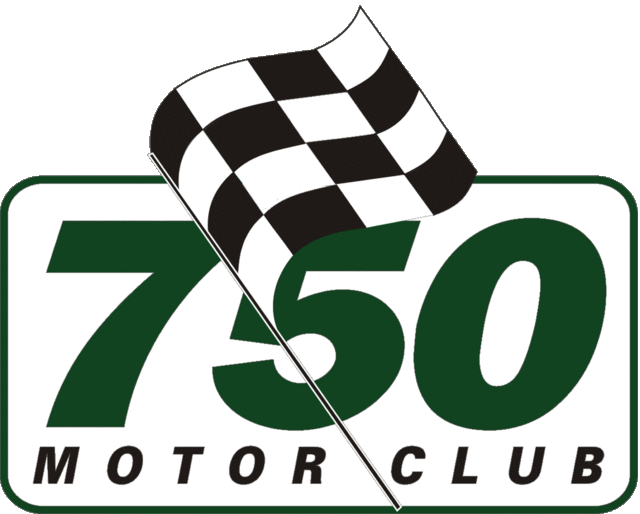History of Historic 750 Formula
1958 Team Sigma consisting of Mike Featherstonhaugh, Tony Densham and Harry Worrall designed and built the two semi space frame all enveloping cars raced by Mike (VGP 750) and Tony (F.W Special). Later on the rights for the all enveloping body designed by Mike Featherstonhaugh were purchased by Jem Marsh and marketed as the Speedex Silverstone.
1959 was further revolutionised with the first purpose built racing car. Keith Dixon and Tony Densham joined Team Sigma to build the Austin 7 Worden. The Worden's single purpose was to win the Goodacre Trophy, which it did in 1960.
The Worden transformed the approach to race car building and in 1960 David Boorer built the DEB Special, winning the championship in xxxx.
750 Formula was now hugely subscribed with competitive racing between fast road specials and purpose built racing cars - speeds started to increase.

The Austin 7 was now being highly developed. Constructors and builders were pushing new boundaries and finding new ways to extract performance.
1965 The latest advancement was the lay flat engine. Jim Yardley would win the championship in the ever more advance Complexity, with its dry sumped, lay flat engine. Complexity would be the most advanced Austin 7 yet, a long way from Jack French's Simplicity.
As the boundaries of development with the Austin 7 engine were pushed furthermore, it was becoming evident that reliability was now a regular concern. In the mid-60s a decision had to be made as to whether the Austin 7 engine should be replaced.
The winter of 1964 Bill Cowley built his 3rd car, Cowley Mk3. The Mk3 resembled little to make you think it was an Austin 7, 10" mini wheels and twin-spark Cowley cylinder head. Later on the rear axle would be replaced with a Morris Minor axle due to a relaxation of the regulations. The car was known for being a very fast but fragile, finishing in the top 3 of the championship in 65, 67, 68.

1966: Is the beginning of a revolution, a series of sweeping rule changes would take place, beginning with the introduction of the side-valve Reliant engine. The Reliant 750SV was a virtual blue print of the Austin 7 engine, a few components reconfigured requiring builders to source spares from Reliant rather than Austin. Later on the 750SV Reliant would be followed with the 600OHV, 750OHV and 850OHV.
Reliant became the headline 750 Formula sponsor, providing low cost parts. The Austin 7 chassis could be replaced with 2 x 2 square tube chassis rails and the A7 gearbox could be replaced with any production 4 speed gearbox. The Reliant gearbox soon became the accepted part, replaced with close ratio gears. The close ratio sets were originally produced by David Newman, later on production was taken over by Ron Welsh's Edmonton Tool & Engineering business. The A7 axle could now be replaced by any production beam axle. The BMC axle became universally used.
1969 would be the final race with an Austin 7 engined cars, Bill Cowley in the Cowley Mk3.


